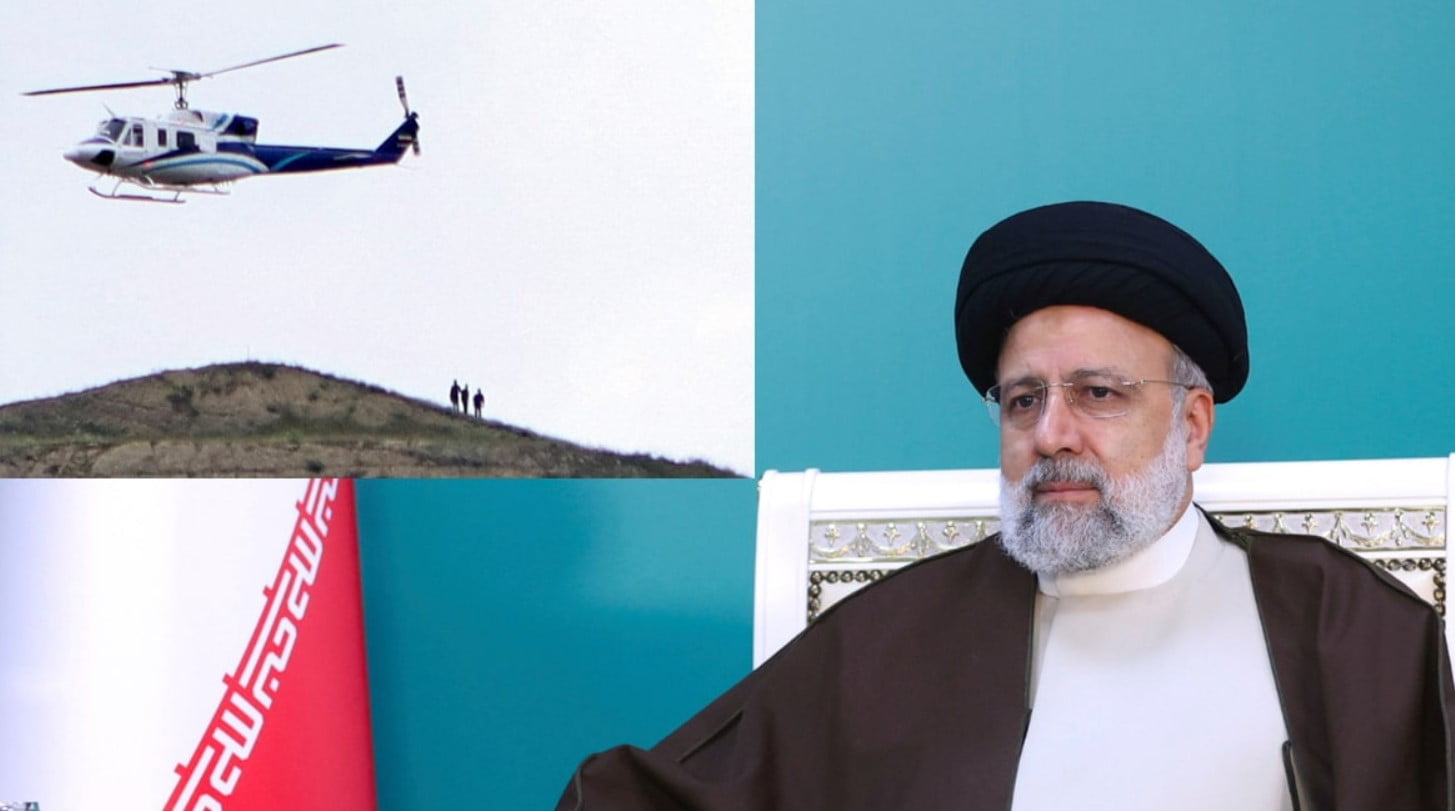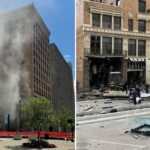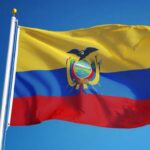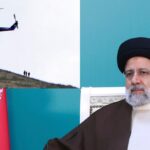According to Iranian state media, the helicopter crash confirmed the deaths of Irani President Ebrahim Raisi and Foreign Minister Hossein Amir Abdollahian on Monday. Other senior officials were also aboard the helicopter, but as of 8 a.m. local time. The Islamic Republic News Agency (IRNA) reported that no survivors were found at the crash site.
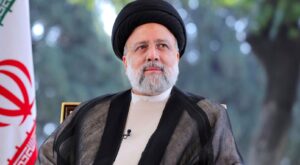
The helicopter, carrying Raisi, Abdollahian, and other officials, went down in a mountainous region of northwestern Iran. They were returning from an event near the Azerbaijan border. Iran’s Interior Minister, Ahmad Vahidi, had earlier confirmed the “hard landing” and stated that search-and-rescue operations were ongoing. He noted that fog and challenging weather conditions were complicating the rescue efforts.
Despite these conditions, the Iranian military assisted in deploying twenty rescue teams, including drones and dogs. IRNA reported that two passengers managed to communicate with rescue workers. Video footage from Fars News Agency showed rescue teams navigating the difficult terrain to reach the crash site. Earlier, the Iranian government’s X account posted an image of Raisi with Azerbaijan’s President Ilham Aliyev at a dam opening along the border.
Iran’s Supreme Leader, Ali Khamenei, expressed hope on X that God would return the president and his entourage safely to the nation. However, he emphasized that the government would continue to function during this period.
In 2021, Raisi’s election marked his reputation for a hard-line stance compared to his predecessor, Hassan Rouhani. Upon taking office, Raisi affirmed Iran’s commitment to the nuclear deal with the U.S. Despite former President Donald Trump’s withdrawal from the agreement in 2018. Recently, Raisi celebrated Iran’s retaliatory strike against Israel following an airstrike in Damascus that killed members of the Islamic Revolutionary Guard Corps.
In Iran’s political structure, the president heads the government. The Supreme Leader holds ultimate authority, setting national policies and overseeing their implementation. Moreover, Iran’s constitution states that if the president dies while in office, the first vice president assumes the presidency with the approval of the Supreme Leader and a new election must be held within 50 days.
First Vice President Mohammad Mokhber had already begun receiving calls from officials and foreign governments in Irani President Raisi’s absence. The Cabinet held an emergency meeting and issued a statement pledging to follow Raisi’s path. Cabinet assured that the country’s management would remain stable.
Observers viewed President Raisi, as a hard-liner who formerly led the judiciary. As a protégé of Khamenei and a potential successor to the 85-year-old leader. With Irani President Raisi’s death, speculation may turn to Khamenei’s son, Mojtaba Khamenei, though concerns remain about potential hereditary succession.
A senior Iranian official, speaking on condition of anonymity due to the sensitivity of the matter. They informed Reuters that President Raisi, the foreign minister, and all passengers aboard the helicopter were killed in the crash. Later, Vice President Mohsen Mansouri confirmed Raisi’s death in a statement on social media, corroborated by state television.
Before the confirmation, Reuters was informed by an Iranian official that the helicopter carrying Raisi and Foreign Minister Hossein Amirabdollahian had completely burned in the crash on Sunday. Raisi had been attending the inauguration of the Qiz-Qalasi Dam at the Azerbaijani border, with Azerbaijan’s President Ilham Aliyev. He was there to bid him farewell earlier in the day and offer assistance in the rescue efforts.
Rescue teams faced challenges such as blizzards and difficult terrain as they worked through the night to reach the wreckage in East Azerbaijan province by early Monday morning. Tasnim news agency reported that a total of nine people were on board the aircraft. With Raisi’s convoy comprising three helicopters, two reached their destination safely.
State TV broadcasted images showing the helicopter slammed into a mountain peak, although the official cause of the crash remains unknown. Iran’s Red Crescent chief, Pir Hossein Koolivand, confirmed that rescue teams were en route to the crash site after locating the aircraft. But sadly, initial observations upon finding the helicopter did not indicate any survivors.
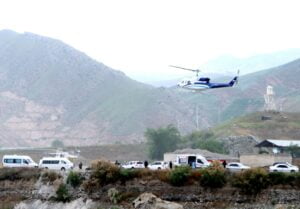
Drone images of the wreckage were shared by Iranian media, including Fars news agency. State TV first reported the accident on Sunday afternoon, stating that the helicopter carrying the president had an accident in the Jolfa region of East Azerbaijan province. Interior Minister Ahmad Vahidi described it as a “hard landing” in adverse weather conditions.
Since his election in 2021, Raisi, aged 63, has implemented stricter morality laws. Moreover, he has overseen crackdowns on anti-government protests, and actively engaged in nuclear talks with world powers.
Iran has also faced significant internal unrest, most notably after the 2022 death of Mahsa Amini, a woman detained for allegedly violating hijab rules. The resulting crackdown killed over 500 people and saw more than 22,000 detained. A UN panel found Iran responsible for the violence leading to Amini’s death.
Recommended Reads
Alleged Video: “Diddy” Assaults Cassie Ventura (2016)
Facts About Sunflowers: Symbols of Happiness and Practical Utility
Soccer Fascinating Facts: Discover The World of Goals
Raisi is the second Irani president to die in office; the first was Mohammad Ali Rajai, killed in a bomb blast in 1981 during the tumultuous post-revolution period. This incident comes at a critical time for Iran, with the country’s leadership and policies under intense international scrutiny.
Condolences poured in from leaders worldwide, with President Asif Ali Zardari of Pakistan expressing profound shock and sorrow over Raisi’s tragic death. Zardari emphasized Raisi’s unwavering support for the Muslim cause and his efforts to strengthen relations with regional and Islamic countries.
